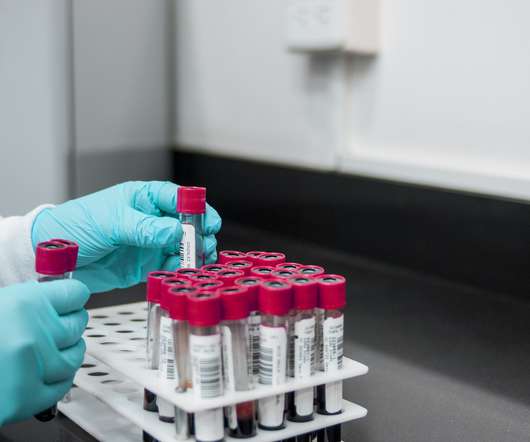Drug discovery hotspots: Focus on Qatar
Drug Discovery World
MARCH 7, 2023
DDW Editor Reece Armstrong takes a look at Qatar’s drug discovery and life sciences market, exploring how the country is utilising innovative technologies in its approach to healthcare. The Middle East represents one of the world’s most lucrative markets for pharmaceuticals.












Let's personalize your content